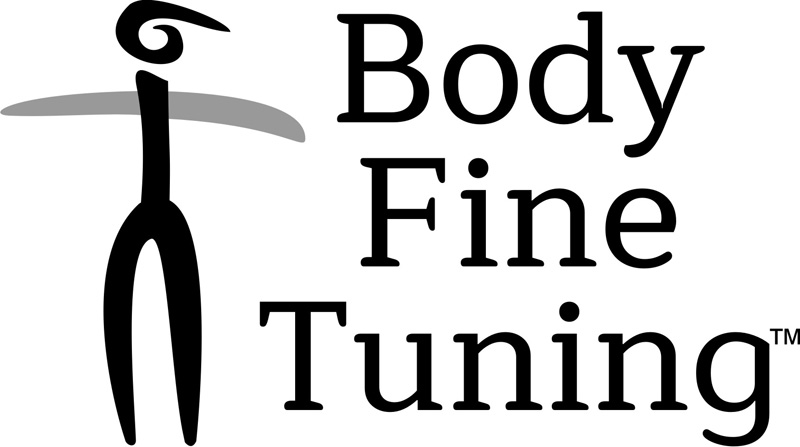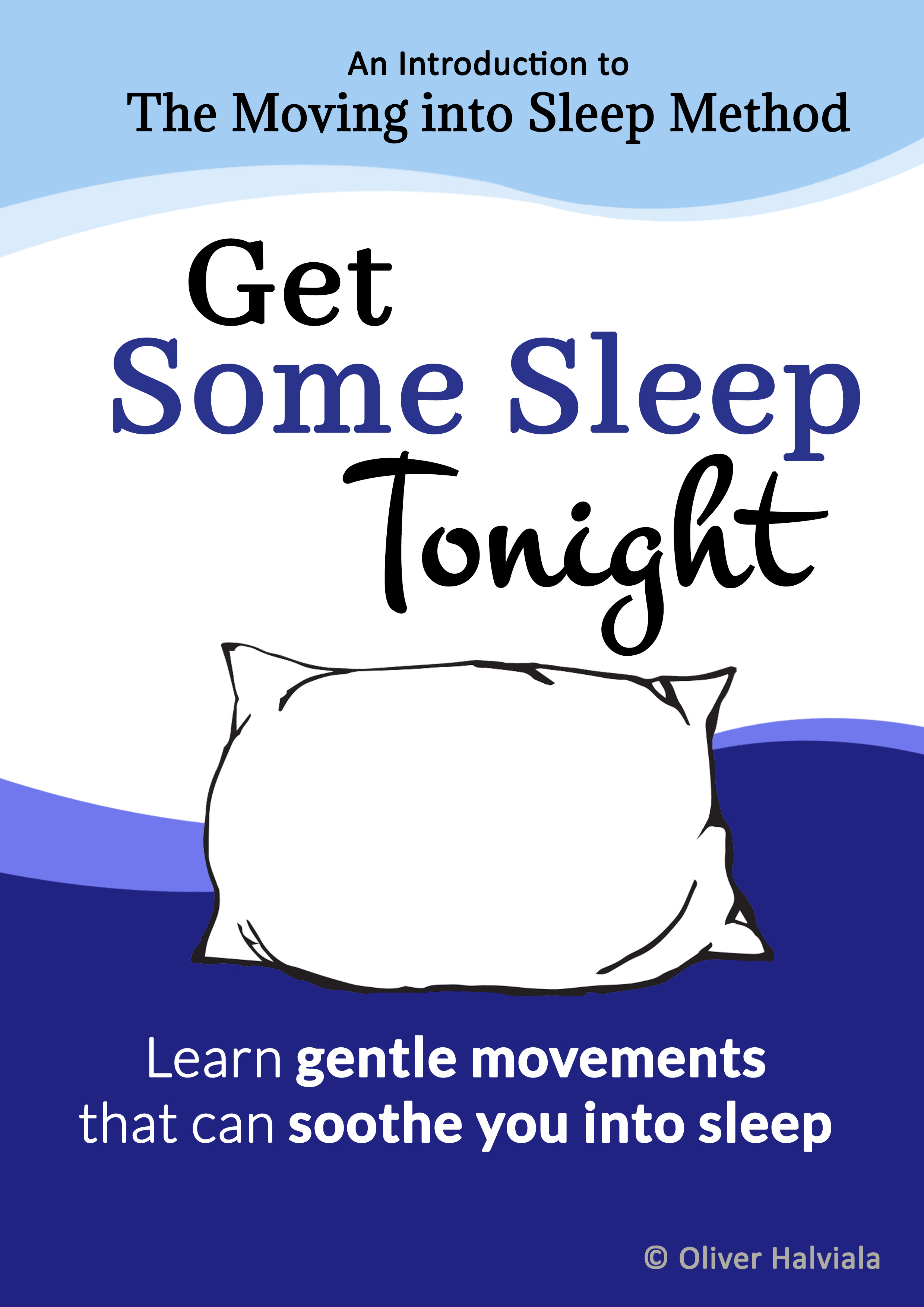Caregiver Self-Care
How to Get Proper Sleep Even Amidst Challenging Situations
As a caregiver, you know from experience how puzzling it is to get enough proper sleep. And to find help, you surely have read every tip there is to improve your sleep — but the most burning question stays unanswered: how to get sleep when your days and nights get challenged with recurring unpredictable tasks, that make it impossible to maintain a regular daily rhythm, go to sleep at fixed time, avoid drinking coffee, or follow any other sleep advice?
Obviously, when a challenge is extreme, the tool to overcome it needs to be even more powerful. As such, to solve the issue, the Moving into Sleep method introduces an advanced way to improve your sleep by doing sleep-inducing movements — a set of gentle, neuro-educative movements that you can do right in your bed to relax your body and quieten your mind so that you can fall asleep with ease and sleep well.
By repeating these sleep-inducing movements, you can create a deeply calming effect in your brain, instantly promoting those neuro-physical processes that produce the deepest possible sleep response, moving you into sleep.
The 3 Most Important Questions About Sleep
1. What is the best way to fall asleep?
In finding the best way to fall asleep, it is necessary to look at how the brain works. There, in the neurological realm of the human body, what we can see, despite its complexity, is two simple yet universals principles.
First of all, all activity in the brain is organized movement, including the way it induces sleep. Secondly, the brain is plastic for life, meaning it can always improve — especially when we do movements that evoke positive development.
As a result, when we link these two principles of neuroscience into one function, we can see that the most natural way to improve our ability to fall asleep is through doing movements that evoke a similar sleep-inducing effect that already exists in the brain.
And the better you can perform these sleep-inducing movements, the easier it becomes to fall asleep, anytime you need sleep.
2. How to get the best possible deep quality sleep?
By doing sleep-inducing movements you can improve the quality of sleep as well. What happens in your brain and body, is that these gentle, slow, and calming movements literally move negative stress away, and as a result, your brain’s sleep-drive can move you into deeper quality sleep sooner than otherwise possible.
And then, when the quality of your sleep gets better, you certainly will feel a little healthier and stronger during the following day, which indirectly allows your sleep to improve even more the coming night. As this repeats, and if you also can follow healthier lifestyle habits, you will get to establish a truly virtuous circle that promotes wellness on all levels.
3. How to get enough sleep, especially with broken days and nights?
Based on current health authorities’ recommendations, we should get 8-9 hours of sleep, every night. This is the amount of sleep that is necessary for the body and brain to fully recover and get ready for the coming day. But when this is impossible for any practical reason, it is critically important both for you as a caregiver, and for the ones you care for, that you have a sleep management plan that helps you compensate the lost hours. In any case, try to schedule one longer period of sleep into every 24 hrs. and then add longer and shorter naps to achieve enough sleep. Again, by performing sleep-inducing movements you can always get the most benefits from the available time. In fact, you can use some of the sleep-inducing movements as a quick stress-release, in a few minutes, anywhere at any time.
Thanks for reading!
Wishing you the best of sleep!
Oliver

